Ever seen a captivating ad or an eye-catching minimalistic logo? These are the works of graphic designers, who create visual assets for various purposes. Graphic designers can work in marketing, web design, agencies, or even freelance. The field of graphic design is vast and can seem intimidating, but this guide will cover everything you need to know.
What is Graphic Design?
Contrary to popular belief, you don’t need to be an artist to succeed in graphic design. Graphic design is the art and practice of planning and projecting ideas through visual and textual content. Designers take concepts and create visuals, from simple logos to complex website layouts. The field accommodates a wide range of creative and technical individuals.
What Does a Graphic Designer Do?
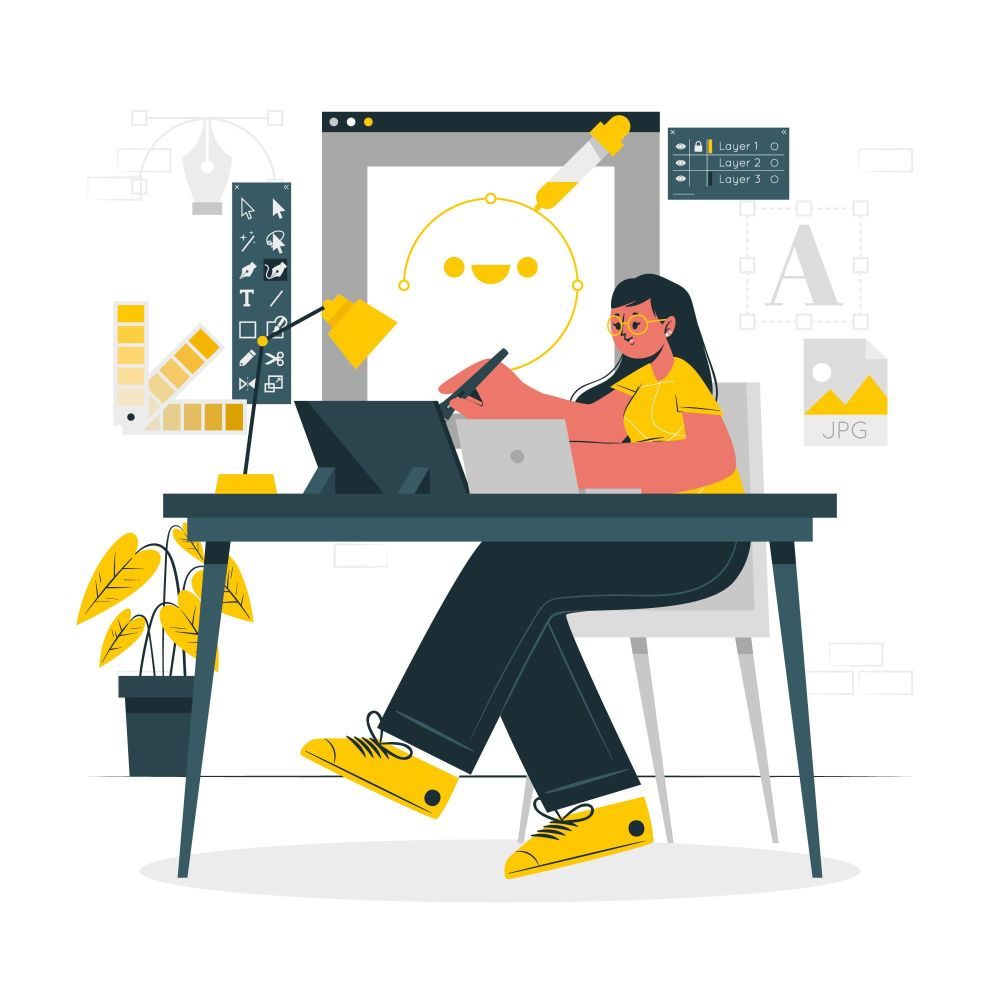
Graphic designers create visual concepts to relay information using shapes, colors, typography, and more. They must communicate effectively and collaborate with various departments, including other designers, analysts, writers, and programmers. Some may specialize in areas like User Experience (UX) or motion graphics.
Why is Graphic Design Important?
Graphic design plays a crucial role in society and business. Visuals are processed by the brain in just 13 milliseconds and 60,000 times faster than text, highlighting the importance of effective visual communication. Graphic designers help shape how messages are conveyed to audiences, making their role vital as digital and visual elements continue to grow in importance.
How Do You Become a Graphic Designer?
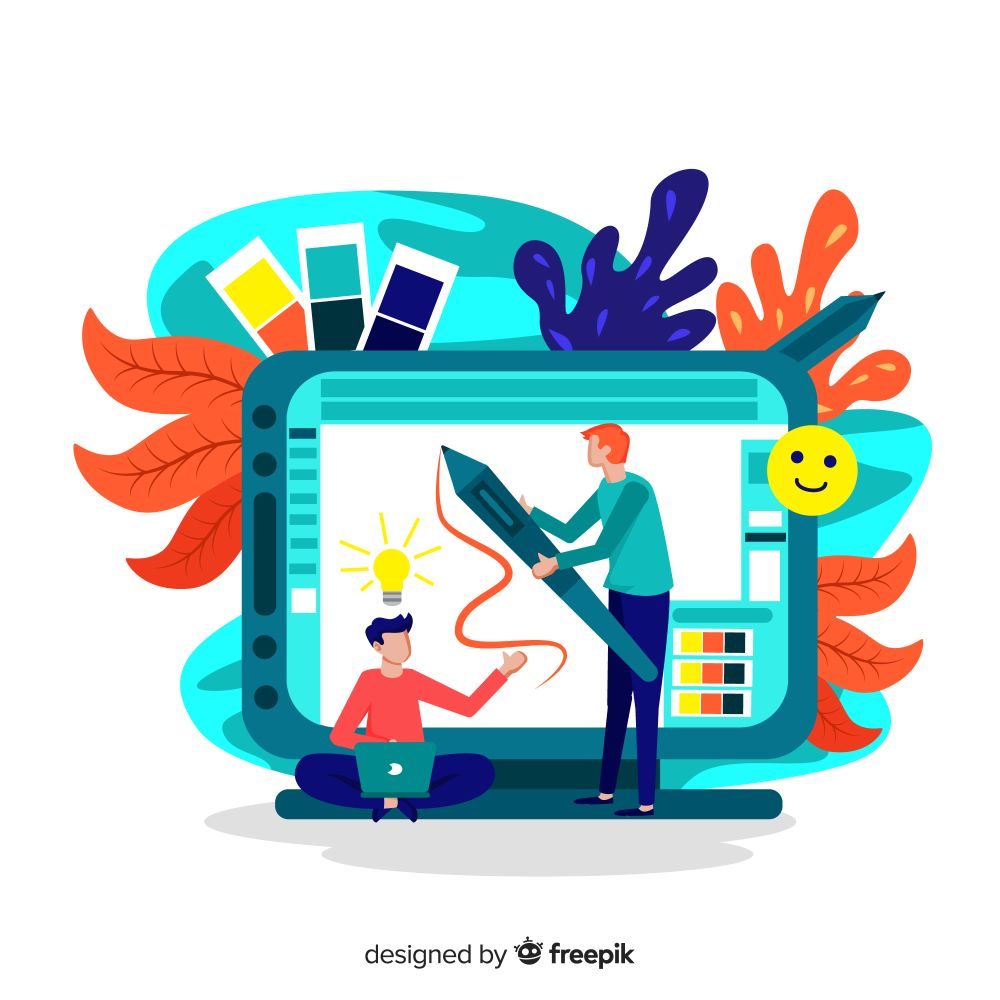
To become a graphic designer, start by enrolling in a relevant program. Essential skills include:
- Technical proficiency with software like Adobe Illustrator and InDesign
- Understanding of color theory
- Knowledge of typography
- Web and print design skills
These are just the basics; many designers specialize further and expand their skill sets to other mediums.
How to Prepare for a Graphic Design Interview
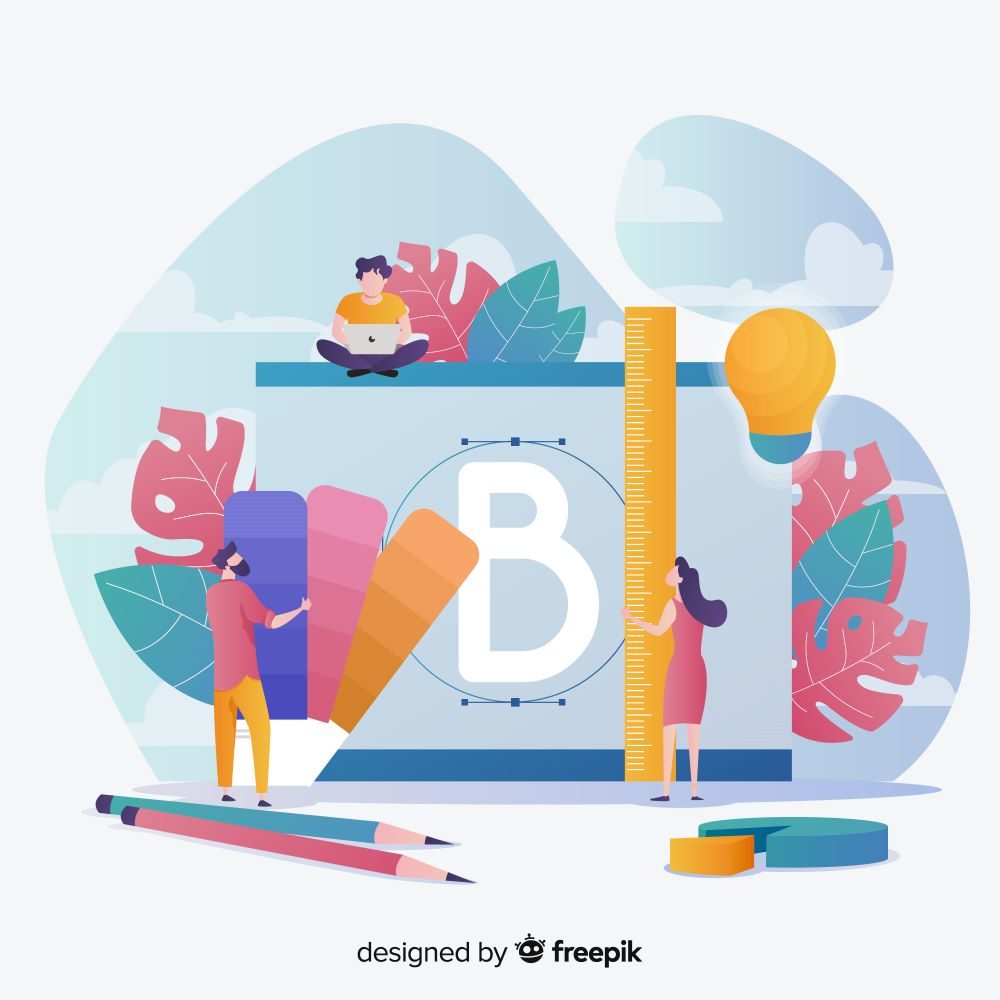
Preparing for a graphic design interview involves understanding common questions and formulating thoughtful responses. Here are a few examples:
Q. Tell us about yourself.
Example: “I transitioned from being an artist to a graphic designer in college. I’m passionate about visually communicating to a mass audience and capturing attention through designs.”
Q. Describe a design project you worked on and the process.
Example: “I created multiple milk tea ads for a social media business, reviewing their branding guidelines and goals before presenting design drafts.”
Q. What are your strengths?
Example: “Patience, multitasking, and attention to detail are crucial qualities I developed as a freelance designer.”
Q. What are your weaknesses?
Example: “I used to procrastinate but have since improved my time management skills to meet deadlines efficiently.”
Q. What got you interested in our company?
Example: “I admire your company’s designs and want to learn and grow within your innovative environment.”
Q. What makes a good designer?
Example: “A good designer is patient, understanding, flexible, communicative, creative, and knowledgeable in design theory.”
Q. Discuss a recent campaign you liked or disliked.
Example: “I admired Aya Kudo’s Pen For All campaign for its minimalistic approach and effective communication, though I would enhance important points with brighter colors.”
Q. How do you get inspired?
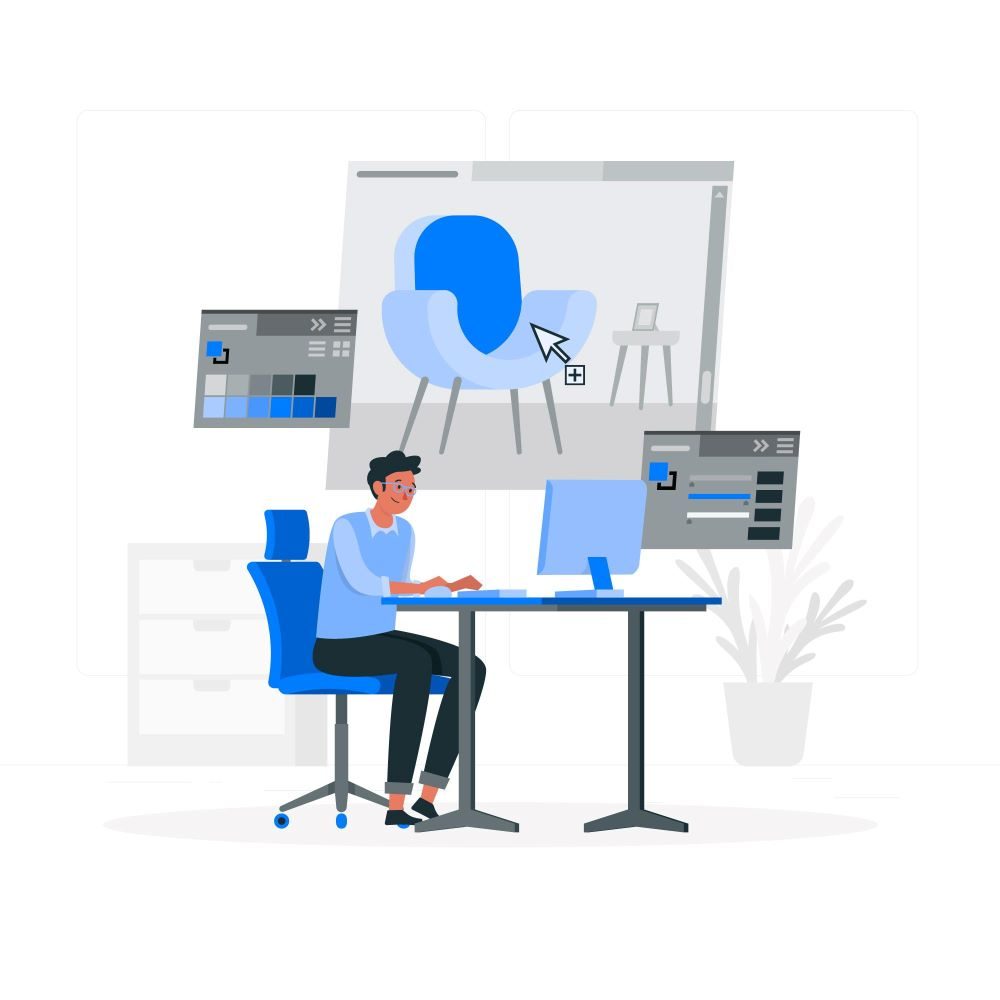
Example: “I draw inspiration from the environment and people around me, using color psychology and design theory to create unique designs.”
Q. How do you incorporate feedback?
Example: “I prioritize client goals, create multiple drafts, and incorporate feedback to ensure the final design meets their vision.”
Q. Describe a conflict at work and how you handled it.
Example: “When a client was dissatisfied with initial designs, I requested a vision board to better understand her preferences, leading to a successful project.”
Conclusion
We hope this guide has provided a clear understanding of graphic design and what it takes to become a successful designer. For those looking to start their careers, consider exploring online graphic design diploma programs or utilizing our tips to enhance your design skills.
The 53-week Graphic Design Diploma Program at ABM College provides students an opportunity to explore their creative and visual communication skills in a digital world. Students gain a thorough understanding of fundamental graphic design principles, and how to design digitally using Adobe Creative Suite (including PhotoShop, InDesign, Illustrator and more) to create their own portfolios. Students finish off with a 4-week practicum placement at the end of the course to add work experience to their resume.
Contact us to learn more.
Read more trending blogs.
About The Author
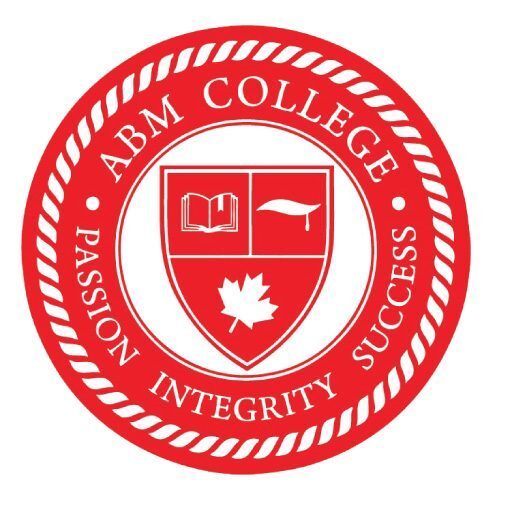
Private Career College
ABM College is a leader in career-focused education, committed to empowering students with industry-relevant skills. With expert instructors and practical training, ABM College delivers high-quality programs in health, business, technology, and more, ensuring graduates are prepared to meet workforce demands. Known for its supportive learning environment and a focus on real-world application, ABM College is a trusted educational partner helping students achieve professional success across Canada.
